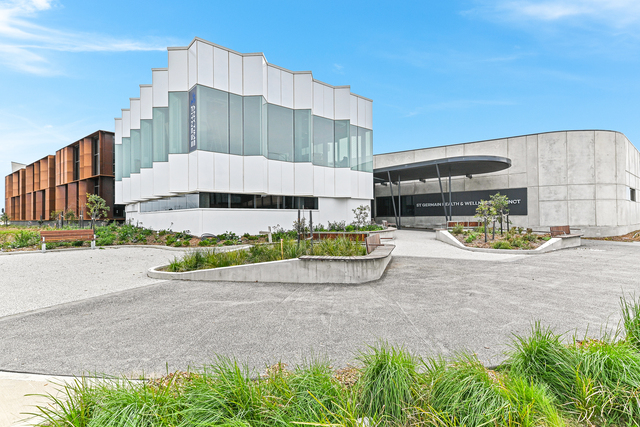By BRIDGET COOK
WITH spring upon us the grass is greener in Casey – and soon the roofs and walls could be too.
The City of Casey is going green after receiving two lots of funding from the State Government last week through the Living Victoria Fund to improve sustainability in the region.
The council received $65,000 to assess the feasibility of establishing a living greenroof on the Cranbourne Indoor Leisure Centre Complex.
If deemed viable, the project would see the complex’s existing 17,000 square metres of roof space retrofitted with a vegetated roof cover to reduce stormwater run-off and capture rainwater.
The State Government also announced it would match the council’s $50,000 contribution for the development of a whole-of-water-cycle plan for the Hampton Park town centre.
The project will be one of the first in Victoria to assess how to apply whole-of-water-cycle management principles to an existing mixed-use precinct and will test combination of greenroofs, swales, raingardens, rainwater tanks and underground storage would work best.
Local businesses and landowners will be engaged in developing the new water management plan, which could end up significantly reducing the centre’s use of drinking water each year.
City of Casey mayor Amanda Stapledon said it was great to get more than $100,000 to improve sustainability in Casey.
“These projects complement the work council is undertaking through its Sustainability Plan to strengthen water sustainability in Casey,” she said.
“As one of eight themes of the plan, council is working hard to minimise potable water use in the city.
“These studies into integrated water management systems have the potential to showcase the benefits of sustainability to the thousands of visitors to Casey each year.”
South Eastern Metropolitan Region MP Inga Peulich said establishing a green roof on the Cranbourne Leisure Complex would provide a living example of the benefits of this technology to the hundreds of thousands of visitors who pass through its doors each year.
“Green roof and green wall technology reduces stormwater run-off and preserves drinking water supplies by capturing, treating and using rainwater and stormwater onsite for non-drinking purposes, like flushing toilets,” she said.
“Green roofs and green walls also reduce the urban heat island effect that drives up the average temperature in urban areas.
“Living architecture is a developing movement around the world and it is important we gain a better understanding of its potential application to Melbourne, including its use on large community assets.”






